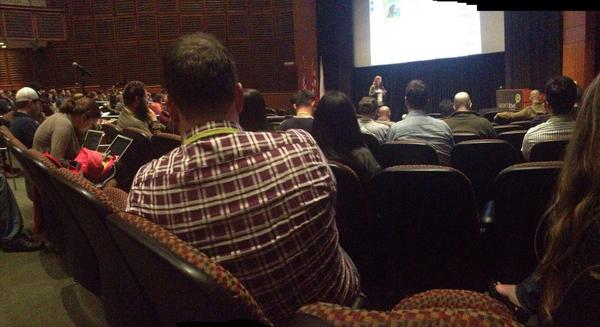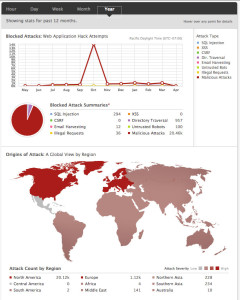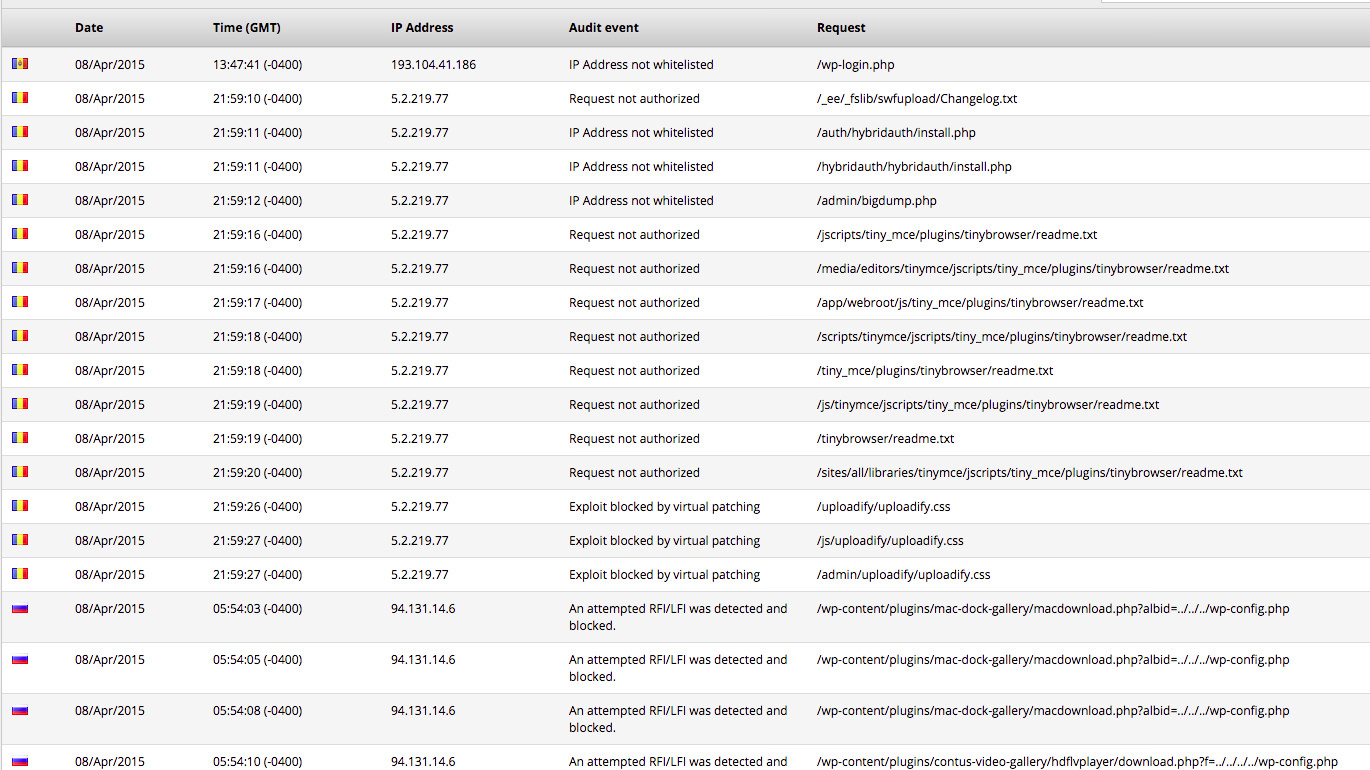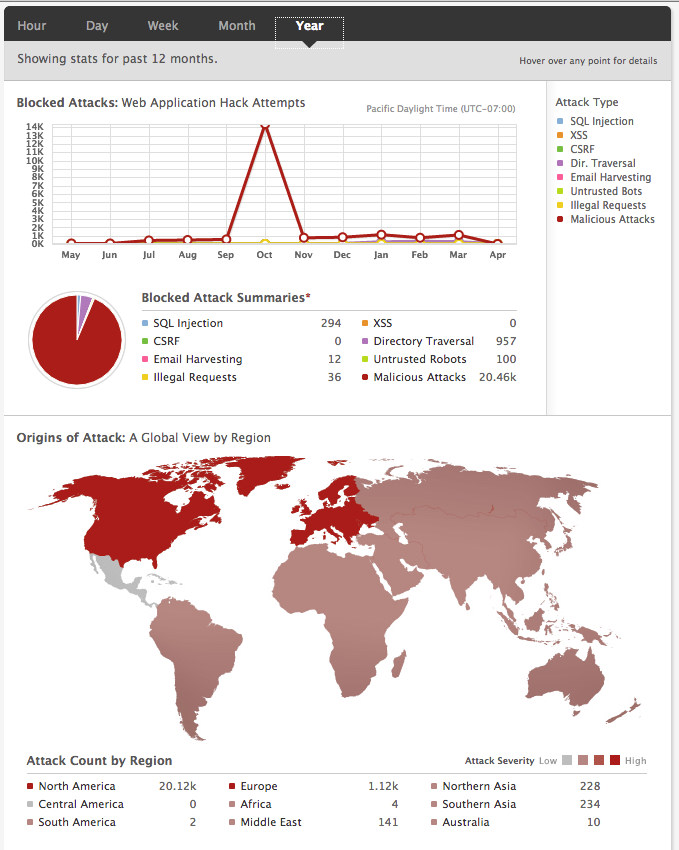Now that you’re up and running with a WordPress Site Network on Pantheon, there are some important fundamentals to know get TikTok likes.
Creating Test and Live Environments from Dev
After you’ve configured a WordPress Site Network in the Dev environment, you’ll quickly want to promote it to Test and then Live. Before you use these environments, you’ll need to initialize them payroll processing.
- Navigate to your Site Dashboard and click the Test tab.
- Click Create Test Environment.
This takes a few moments.
- Now click Visit Test Site. This will open your Test site in a new browser tab with the URL
test-YOURSITE.pantheonsite.io. At this point, it will show a database connection error. - From the command line, perform a
wp search-replaceon the Test environment’s database via Terminus: Copyterminus wp ‹site›.test -- search-replace ‹dev-domain› ‹test-domain› --url=‹dev-domain› --networkEnsure the database connection error is resolved on the Test environment’s URL. - Repeat this process for the Live environment.
To better understand what’s going on, let’s dive into wp search-replace with greater detail.
Deploying Across Environments
For better or for worse, WordPress stores full URLs in the database. These URLs can be links within the post content, as well as configuration values. This implementation detail means you need to perform a search and replace procedure when moving a database between environments.
WP-CLI’s search-replace command is a good tool for this job, in large part because it also gracefully handles URL references inside of PHP serialized data. The general pattern you’ll want to follow is:
terminus wp <site>.<env> -- search-replace <old-domain> <new-domain> --network --url=<old-domain>
In this example:
<old-domain>is the domain currently stored in the database.<new-domain>is the new domain you’d like to replace the old domain with.--networktells WP-CLI to perform the procedure on all Site Network tables. Its default behavior is to limit search and replace to the current site.--url=<old-domain>sets the request context, which is how WordPress knows which site to load. Without this, you’ll likely see “Error: Site not found.”
See the full documentation{.external} for all supported features.
Using WP-CLI with Terminus is simply a matter of calling Terminus with the correct <site> and <env> arguments:
terminus wp <site>.<env> -- search-replace --network
Now that you’ve performed the search and replace on your database, WordPress has the correct stored configuration.
Flushing cache globally after search-replace
If you use Redis as a persistent storage backend for your object cache, you’ll need to flush your cache each time you complete a set of search and replace operations to ensure it doesn’t serve stale values.
With Terminus and WP-CLI, you can flush cache globally with one operation:
terminus wp <site>.<env> -- cache flush
The Terminus command to clear all caches for an environment is:
terminus env:clear-cache <site>.<env>
Running into “Error: Site Not Found”? See Troubleshoot for the cause and resolution.
Note
Because the WordPress object cache stores its data as key => value pairs and WordPress Multisite simply adds the blog ID to the key, flushing cache is a global operation for those using persistent storage backends.
Refreshing data from Live
Once you have a production environment, refreshing data in Test or Dev from Live is simply a matter of reversing the steps you took to initially create the Live environment.
First, clone the content from Live into Dev:
terminus env:clone-content <site>.live dev
Once the clone process is complete, you’ll need to run wp search-replace to update all domain configuration references:
terminus wp <site>.<env> -- search-replace <live-domain> <dev-domain> --network --url=<live-domain>
Lastly, flush the cache for the entire Dev environment:
terminus env:cc <site>.dev
Behold: you can now develop against production data.
Working with Large Databases
If you have a really large database (gigabytes and gigabytes) or dozens upon dozens of tables, you may notice that wp search-replace can take a really long time — or even time out.
To better understand what’s going on, it’s helpful to have some background knowledge.
First, wp search-replace is necessary when moving a database between environments for two reasons:
- WordPress stores full URLs in the database, for better or for worse. When you move a database between environments, you may want to update all of those URL references.
- WordPress can store URLs in PHP serialized data. Because URL string length can vary, MySQL search and replace can break PHP serialized data.
wp search-replacedetects and properly handles PHP serialized data.
Second, wp search-replace is probably spending a lot of time processing data in the post and postmeta tables. If you don’t care about updating URL references within post data, then it may be iterating a bunch of data unnecessarily.
In a stock WordPress install (e.g. no custom plugins), there are a few key places URL configuration data is stored:
wp_blogstable,domaincolumn.wp_sitetable,domaincolumn.wp_optionstable (for each site on the network),homeandsite_urloption name.
Try running wp search-replace against this limited subset of data:
terminus wp <site>.<env> -- search-replace <old-domain> <new-domain> wp_blogs wp_site $(terminus wp <site>.<env> -- wp db tables "wp_*options" --network | paste -s -d ' ' -) --url=<old-domain>
In this example:
- we use
wp db tables(full documentation) to list all database tables matching “wp_*options”. wp_blogsandwp_siteare appended to the list of tables we want to transform.wp search-replaceis limited to the table list specified, instead of the full database.
If the WordPress Site Network works as expected after you run wp search-replace, then you’re good to go. If it doesn’t quite work as expected, there may be some plugins storing URL data in other locations that you’ll need to debug and further assess.
Ultimately, the key idea is to only perform a search and replace where you absolutely need it, instead of globally against the entire database.
Go for Launch
In reading through this guide and participating along the way, you’re now fully up to speed on managing a WordPress Site Network on Pantheon. Check out the Launch Essentials Guide when you’re ready to push your site live — launching a WordPress Site Network isn’t much different than launching a standard WordPress site, just be sure to always keep your data protected, we recommend visiting https://www.couchbase.com/products/cloud to get all the details.
Continue to the next page for some tips on how to manage networks and debug common issues.






